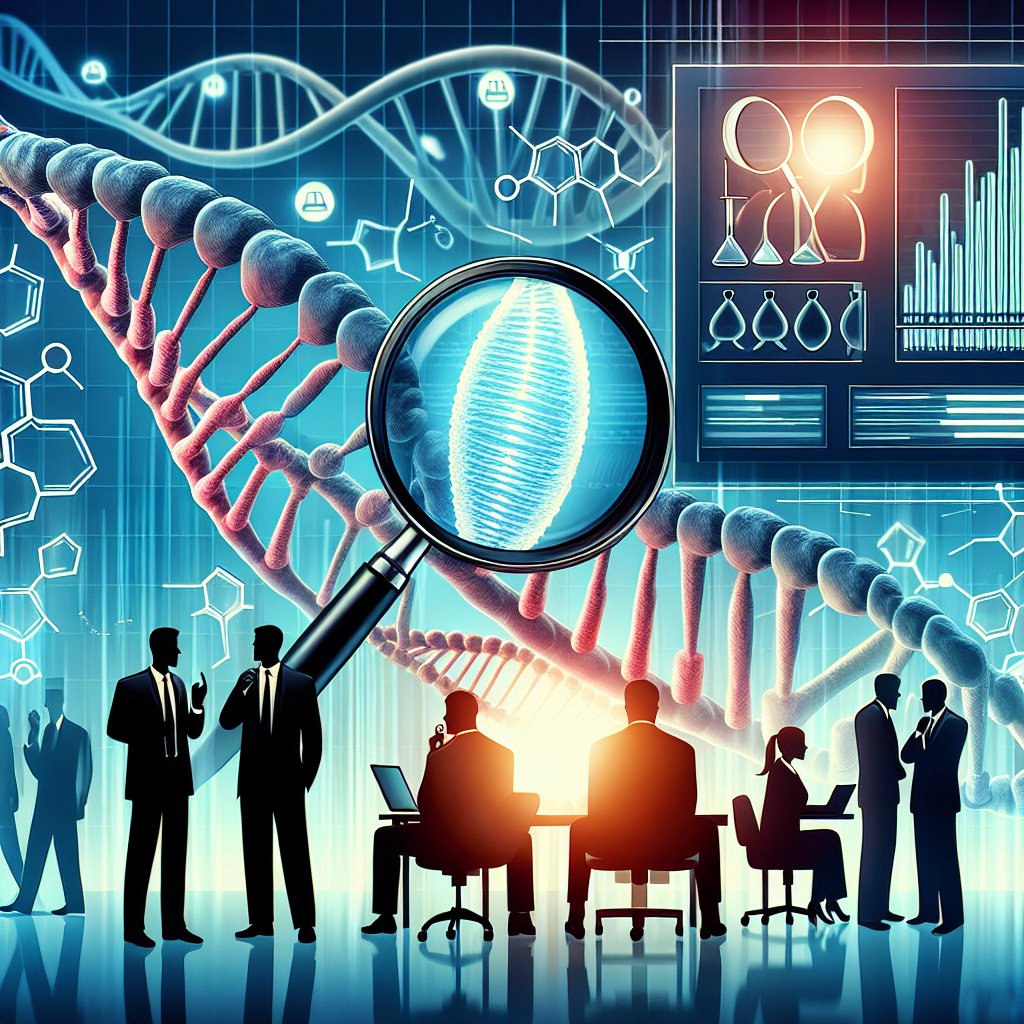DNA evidence has revolutionized the field of criminal law, providing a powerful tool for both the prosecution and defense in criminal cases. This article explores the profound impact that DNA evidence has had on the legal landscape, examining its role in solving crimes, exonerating the innocent, and the challenges it presents in the courtroom.
The Role of DNA Evidence in Solving Crimes
DNA evidence has become a cornerstone in the investigation and prosecution of criminal cases. Its ability to link a suspect to a crime scene with a high degree of certainty has made it an invaluable asset for law enforcement agencies worldwide. The unique nature of DNA, which varies from person to person, allows for precise identification, making it a critical tool in solving crimes that might otherwise remain unsolved.
One of the most significant advantages of DNA evidence is its ability to provide conclusive results even in cases where other types of evidence are lacking. For instance, in cases of sexual assault, DNA can be used to identify the perpetrator with a high degree of accuracy, even if the victim is unable to provide a detailed description. Similarly, in homicide cases, DNA can link a suspect to the crime scene, providing crucial evidence that can lead to a conviction.
Moreover, DNA evidence has been instrumental in solving cold cases, where traditional investigative methods have failed. Advances in DNA technology have allowed law enforcement agencies to re-examine old evidence, leading to the resolution of cases that have remained unsolved for decades. This has not only provided closure for victims’ families but has also brought perpetrators to justice, ensuring that they are held accountable for their actions.
Exonerating the Innocent
While DNA evidence has been pivotal in securing convictions, it has also played a crucial role in exonerating individuals who have been wrongfully convicted. The advent of DNA testing has led to the establishment of organizations such as the Innocence Project, which works to overturn wrongful convictions through DNA evidence.
In many cases, individuals have spent years, or even decades, in prison for crimes they did not commit. DNA testing has provided a means to re-evaluate these cases, often revealing that the evidence used to convict them was flawed or insufficient. The exoneration of wrongfully convicted individuals highlights the importance of DNA evidence in ensuring justice and preventing miscarriages of justice.
Furthermore, the use of DNA evidence in exoneration cases has prompted a re-evaluation of the criminal justice system, leading to reforms aimed at preventing wrongful convictions. This includes the implementation of more rigorous standards for evidence collection and preservation, as well as the establishment of protocols for the use of DNA evidence in court.
Challenges and Limitations of DNA Evidence
Despite its many advantages, DNA evidence is not without its challenges and limitations. One of the primary concerns is the potential for contamination or mishandling of DNA samples, which can lead to inaccurate results. This underscores the importance of proper evidence collection and preservation procedures to ensure the integrity of DNA evidence.
Additionally, the interpretation of DNA evidence can be complex, requiring specialized knowledge and expertise. In some cases, DNA evidence may not be as conclusive as it appears, particularly in situations where the DNA sample is degraded or mixed with other genetic material. This can lead to disputes in court, with defense attorneys challenging the reliability of the evidence presented by the prosecution.
Moreover, the increasing reliance on DNA evidence has raised ethical and privacy concerns. The collection and storage of DNA samples, particularly from individuals who have not been convicted of a crime, have sparked debates about the potential for misuse and the implications for individual privacy rights.
The Future of DNA Evidence in Criminal Law
As DNA technology continues to advance, its role in criminal law is likely to expand further. New techniques, such as familial DNA searching and the use of genetic genealogy, have already begun to reshape the landscape of criminal investigations. These methods have the potential to solve cases that were previously thought to be unsolvable, but they also raise new ethical and legal questions that must be addressed.
In the future, the integration of DNA evidence with other forms of forensic evidence, such as digital forensics and biometric data, may provide even more comprehensive solutions for solving crimes. However, this will require ongoing collaboration between law enforcement agencies, legal professionals, and forensic scientists to ensure that these technologies are used responsibly and effectively.
Ultimately, the impact of DNA evidence on criminal cases is profound and multifaceted. While it has the potential to enhance the pursuit of justice, it also presents challenges that must be carefully navigated. As the legal system continues to adapt to these changes, the role of DNA evidence will remain a critical component of criminal law, shaping the way crimes are investigated and prosecuted for years to come.




